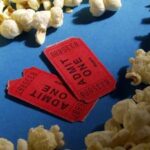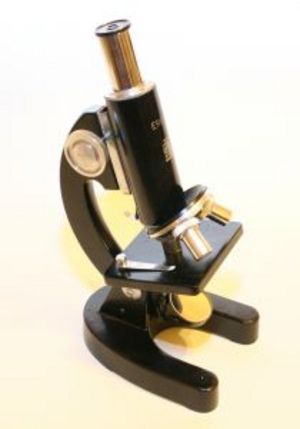Pond owners are sometimes horrified to clean their pond filters and see thousands of tiny blood red worms in the old filter media. Or they may see clusters of red worms around the roots of floating plants like pond lilies. These worms are nothing to worry about and, if there are fish in the pond, there is no need for any control of these worms. They are a normal part of pond life.
Although they appear segmented and thin like worms and are commonly called bloodworms, they are actually the larvae of non-biting midge flies or the Chironomidae family. There are over 5000 species of Chironomid midges. Fortunately, the adults do not suck blood or pass on any diseases like mosquitoes.
Identification
Bloodworms are usually the color of the substance they are named after, but can be pink, white, green or even transparent. They are usually red because their bodies contain a high percentage of hemoglobin which can hold on to small traces of oxygen. As a result, the bloodworm can thrive in the low oxygen levels where it often hangs out at the bottom of ponds.
Bloodworms grow up to an inch long but are often found smaller. They have to go through four molts before reaching their largest size and then transforming into a midge adult. They construct mud tubes as temporary homes and anchors where they rest and grab at food particles floating by. If mud is in short supply, they will make tubes from algae. They feed on decaying organic matter and sometimes roots of floating plants.
Bloodworms are best observed under a microscope where their “heads” are rather un-worm like. They have two pointed “horns” on the top and underneath a bristle-like mouth. Although the mouth looks quite formidable, they are harmless to fish or other aquatic life.
Important Food Source
Bloodworms are feasted on by amphibians, fish, crayfish, small shrimp, carnivorous insects and just about anything that can get a hold of them. Bloodworms are packed with protein and most nutritious types of amino acids which go into making proteins. Steve Hopkins, writing for “Koi Talk: Newsletter of the Hawaii Goldfish and Carp Association” states that bloodworms are 55% protein while the average commercial pong fish food is, at the most only 42% protein.
Frozen and freeze-dried bloodworms are a treat for ornamental pond fish such as koi or goldfish, so fresh ones are especially relished. Bloodworms are recommended to feed to fish being conditioned for breeding.
Allergy Warning
Although bloodworm allergies are rare, some people are allergic to bloodworms, whether they are fresh, frozen or freeze-dried. Allergic reactions include conjunctivitis (usually called pink eye); problems breathing; sudden runny nose or congestion and an itchy skin rash. If you know that you are allergic to bloodworms, be sure to wear gloves when using pond equipment and wash hands thoroughly afterwards.
Sources:
The Rock and Water Garden Expert. D.G. Hessayaon. 1993.
“Bloodworms.” Steve Hopkins. “Koi Talk: Newsletter of the Hawaii Goldfish and Carp Association.” Jan. 2007.
Waterwereld. “The chironomid larvae or bloodworm.”
Feeding Rainbowfishes. “Bloodworms.” Adrian R. Tappin; 2003.


